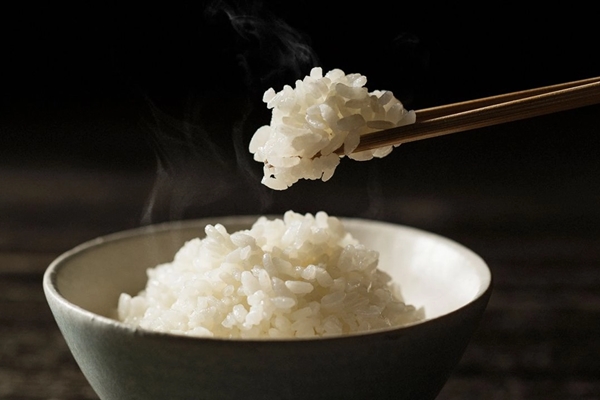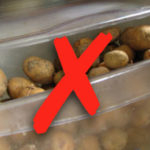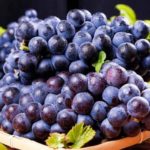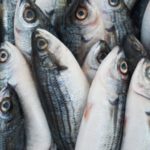
Image: Getty Images
Culinary experts assert that washing rice before cooking reduces the amount of starch from the grains. This can be observed in the cloudy rice washing water, which is the free starch (amylose) on the surface of the rice grains created during the milling process, according to research.
Another recent study compared the impact of rice washing on the stickiness and hardness of three different types of rice: glutinous rice, medium grain rice, and jasmine rice. These types of rice were either washed three times or washed ten times with water.
The results showed that the rice washing process did not affect the stickiness or hardness of the rice. Instead, the researchers demonstrated that stickiness is not caused by surface starch (amylose), but by another type of starch called amylopectin that is leached out of the rice grains during cooking. Therefore, the type of rice, rather than the act of washing, is the important factor influencing stickiness. In the study, glutinous rice was the stickiest, while medium grain rice and jasmine rice were less sticky and also harder when tested in a laboratory setting.
Traditionally, rice is washed to remove dust, insects, tiny stones, and residual husk from the milling process. This process may still be important in certain regions around the world where proper processing is lacking. Recently, with the increased use of plastics in the food supply chain, microplastics have been found in some food items, including rice. The rice washing process has been proven to remove up to 20% of microplastics from uncooked rice.
A similar study revealed that regardless of the packaging (plastic bags or paper bags) you purchase rice in, they contain the same amount of microplastic particles. Rice is also known to contain relatively high levels of arsenic due to the plants taking up more arsenic during growth. Rice washing has been proven to remove around 90% of the bioaccessible arsenic, but it also washes away significant amounts of other important nutrients for human health such as copper, iron, zinc, and vanadium.
Another study examining heavy metals such as lead and cadmium found that rice washing before cooking reduced their levels by between 7% and 20%.
In summary, rice washing does not affect the bacterial content of the cooked rice as cooking at high temperatures will kill any bacteria present in the rice. What’s more concerning is the storage of cooked rice or washed rice at room temperature. Cooking rice cannot kill spores from the Bacillus cereus pathogen. Therefore, make sure to avoid leaving washed or cooked rice at room temperature for too long.
According to VTV



































